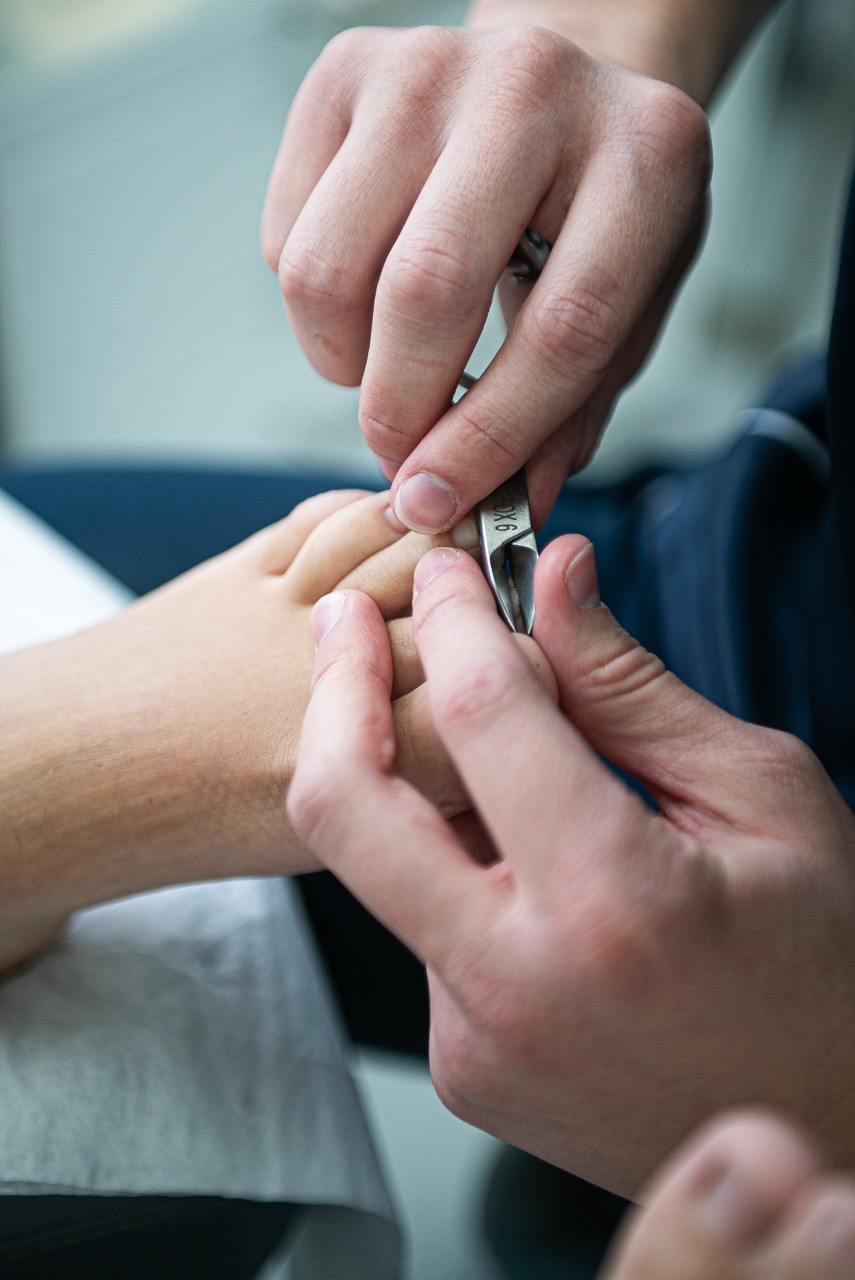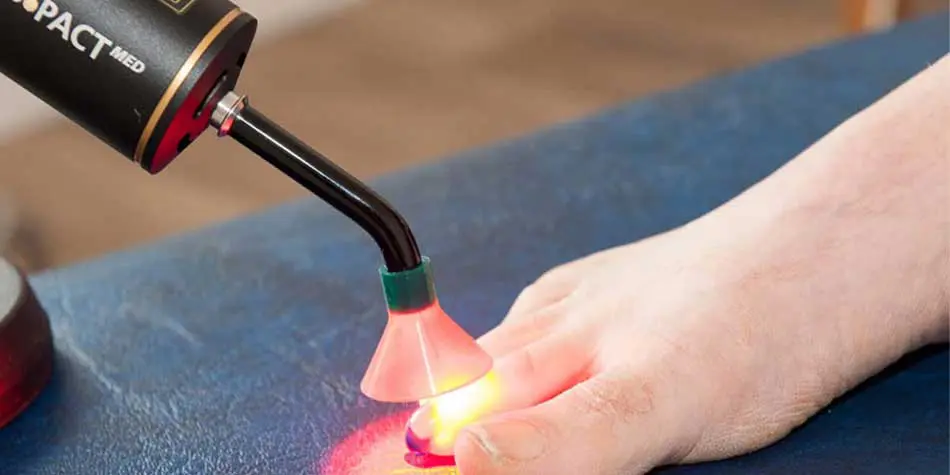Join The Nantwich Clinic Club to keep up to date with news and offers!
Sign UpFungal nail infections are one of the most commonly seen problems that happen with the feet. The fungi responsible are normally present on the body alongside various other forms of bacteria, but aren’t a problem most of the time.
Fungal nail infections tend to develop over time and may not present an immediate difference or any symptoms. Generally, they aren’t anything too serious but they can be quite unpleasant and can take a while to be effectively treated.

A fungal nail infection occurs from the overgrowth of fungi in, under, or on the nail. Fungi thrive in warm, moist environments. The same fungi that cause athlete’s foot, and ringworm can cause nail infections.
Fungi that are already present in or on your body can cause nail infections.
If you have come into contact with someone else who has a fungal infection, it may have spread to you. Fungal infections affect toenails more commonly than fingernails because your toes are usually confined to your shoes, where they’re in a warm, moist environment.
If you get a manicure or pedicure at a nail salon, be sure to ask how the staff disinfects their tools and how often they do it. Tools, such as emery boards and nail clippers, can spread fungal infections from person-to-person if they are not sanitised.
Once contaminated, the warm, dark and sweaty environment of feet cramped in shoes or trainers provides the ideal breeding ground for the fungus. It is more commonly seen in summer sandal-wearers when the sun dries the skin. Without the natural protective oils of the skin, frictional abrasion from sandals makes the feet more prone to infection.
Other infections can affect the nail and mimic symptoms of a fungal nail infection. The only way to confirm a diagnosis is to see a podiatrist. We can take a scraping of the nail and use a special kit designed to identify fungal nail infections within minutes.
The characteristic signs and symptoms of nail fungus infection are usually sufficient for a visual diagnosis by a podiatrist prior to treatment.
If it is unclear, scrapings can be taken from the infected nail and examined directly under a microscope for the diagnosis to be confirmed. As opposed to human cells, fungi possess a cell wall. This cell wall can be stained with a dye that is harmless to human cells, but that stain selectively makes fungi sensitive to a specific wavelength of light.
View the images below to gauge the severity of a fungal nail infection.

From left to right, we can see different severities of fungal nail infection from mild to severe. It’s possible that mild infections may pass on their own with no need for treatment, but as the infection becomes more severe the only way to truly treat it is to undergo some form of fungal nail infection treatment.
With this method, fungus can be killed effectively on both toenails and fingernails. This non-invastive treatment kills 99.99% of all bacteria with no side effects, no resistances and has a 90% success rate in severe fungal infections.
Such as nail paint – 22% cure rate when applied daily for 6-12 months.*
56% cure rate over a 12-24 month course of treatment.*
Such as PACT®, has 90% success rate in severe fungal infections.

Diagnosis: Trichophyton Rubrum
Patient underwent 10 months of topical treatments to resolve the severe nail mycosis.

Diagnosis: Trichophyton Rubrum
Patient underwent 6 months of systematic agent treatment to resolve a decade of severe nail mycosis.
By conducting light treatment with a PACT® high-powered LED lamp, the stained cell wall of the fungus is attacked and destroyed. The fungus can no longer continue to grow. Repeating the treatment ensures the fungus is destroyed even if infection is severe. It penetrates deeply within the nail and tissues as is necessary.
The special nail fungus gel
The PACT® Nail Fungus Gel was specially developed for application to toenails and fingernails. It only works in combination with exposure to light from a PACT® MED light device.
Embarrassed of your toenails? Talk to us about Nail reconstruction – book today.

Book your fungal nail infection appointment with The Nantwich Clinic by calling the number below.
Alternatively, you can use the link below to book online.

Whether it’s a quick question that you need to ask, or you would like to book an appointment with us, we want to hear from you. Simply click the button below to get started or contact us on 01270 627118.
